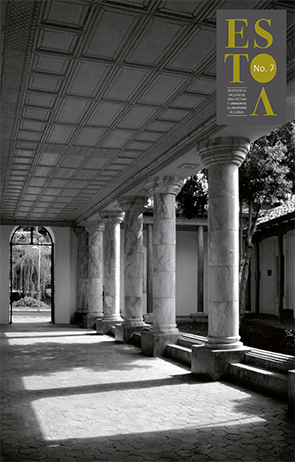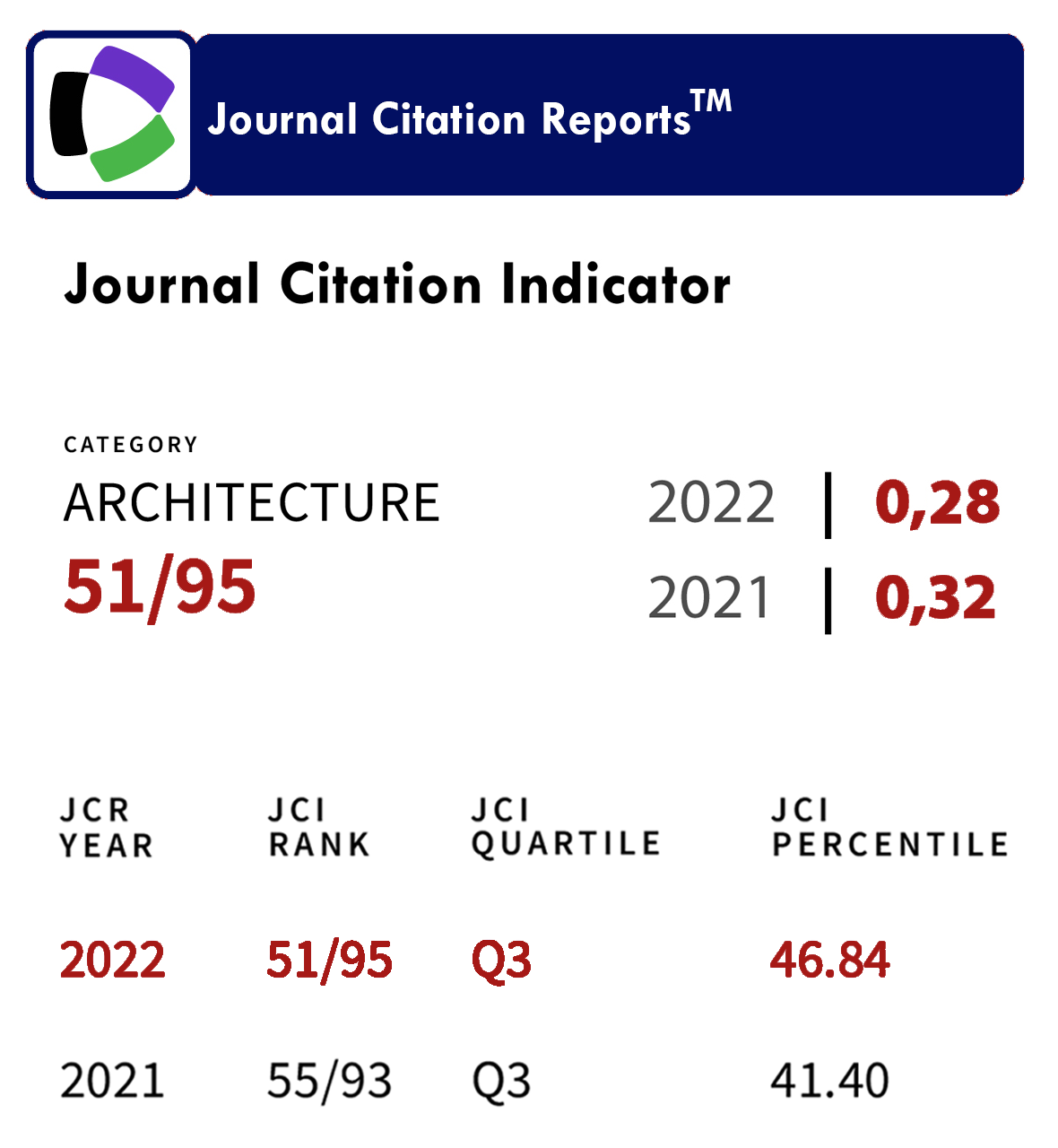Tapatia architectural modernity: the use of elements and resources of the traditional construction.
DOI:
https://doi.org/10.18537/est.v004.n007.04Abstract
When the modern architecture was already established in México’s Capital City, Guadalajara –one of the most prosperous and main provinces of México–, started to introduce itself to this movement. Ignacio Díaz Morales, friend and classmate of Luis Barragán at the School of Engineering, was the one who took upon himself the task of organizing a school that had the ideology of its own model. This architecture had to be local as well as universal, adjusted to the cultural needs and the economic momentum Guadalajara was experiencing. The base was the use of traditional and artisan construction in the code of modernity.
Keywords: Craft, Modernity, cultural needs, traditional.
Downloads
References
Del Moral Enrique. “Modernidad vs tradición. ¿Integración?”. Revista Arquitectura México. México, 1954.
González Gortázar, Fernando. Ignacio Díaz Morales habla de Luis Barragán. México: Universidad de Guadalajara, 1991.
Goeritz, Mathías. “Nuevo enfoque del problema de la integración plástica”. Revista Arquitectura México 80 1962.
Goeritz, Mathías. “Introito Amistoso”. Revista Arquitectura México 101, Tomo XXIV 1969.
“Nuestra postura”. Revista Cuadernos de Arquitectura. México, 1954.
Ramírez Soto Mayor, Jorge. “Casa en Jardín del Bosque y notas sobre el carácter de la arquitectura tapatía”. Revista Arquitectura México 80 1962.
Downloads
Published
How to Cite
Issue
Section
License
The Journal declines any responsibility for possible conflicts derived from the authorship of the works that are published in it.
The University of Cuenca in Ecuador conserves the patrimonial rights (copyright) of the published works and will favor the reuse of the same ones, these can be: copy, use, diffuse, transmit and expose publicly.
Unless otherwise indicated, all contents of the electronic edition are distributed under a Creative Commons Attribution-NonCommercial-ShareAlike 4.0 International License.






